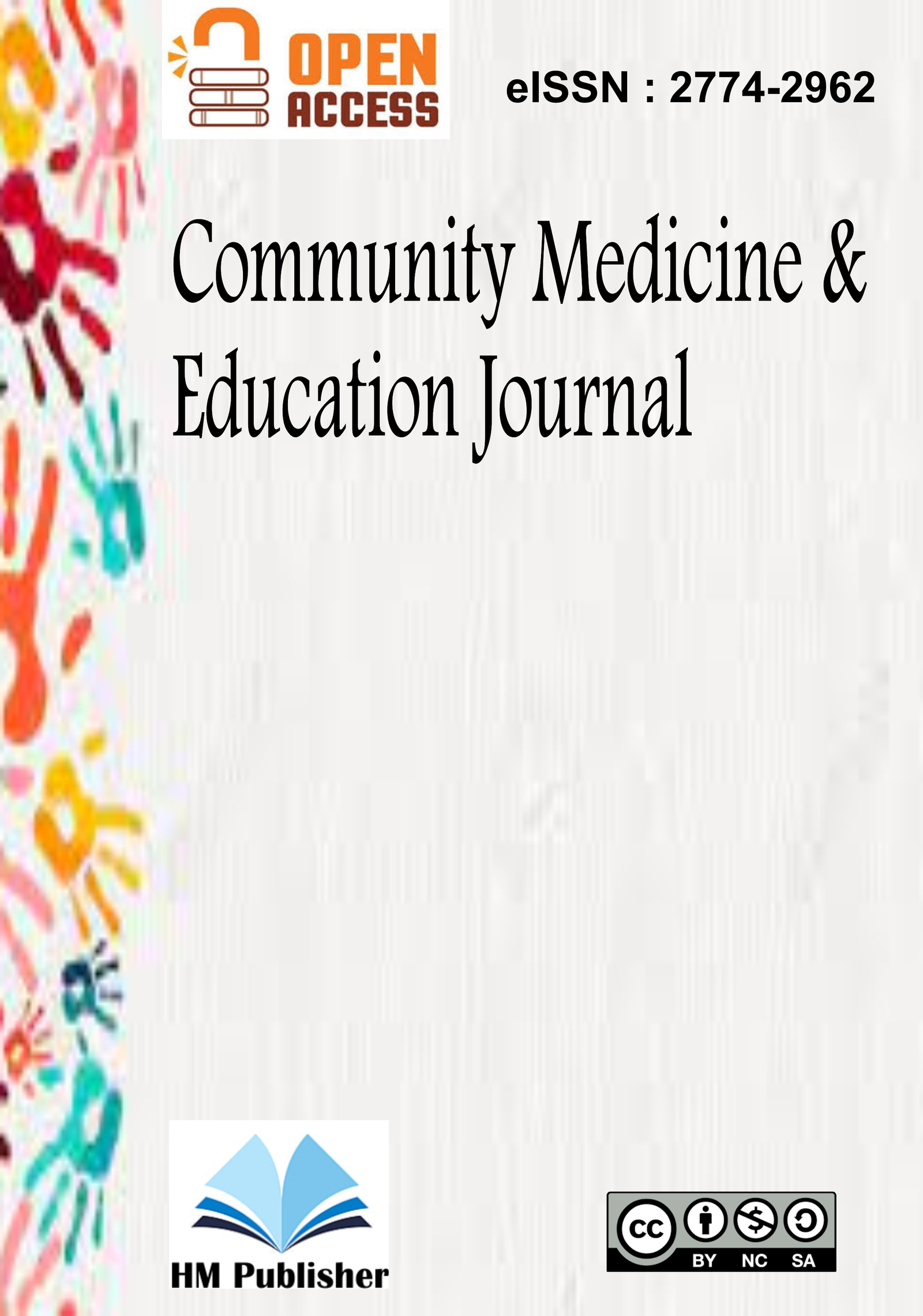Main Article Content
Abstract
Diabetic retinopathy (DR) remains a leading cause of preventable blindness globally, imposing a significant public health burden. Effective screening is paramount for early detection and timely intervention. Traditional fundus photography (TFP), often requiring specialized equipment and personnel, faces access challenges. Tele-ophthalmology (TO) has emerged as a potential solution to improve screening coverage. However, rigorous comparative evidence regarding its diagnostic accuracy relative to established TFP methods, its economic viability, and factors influencing its adoption into health policy and routine practice remains fragmented. This systematic review and meta-analysis aimed to synthesize the evidence comparing TO and TFP for DR screening across these critical domains. We conducted a systematic literature search adhering to PRISMA guidelines across PubMed, EMBASE, and Web of Science databases for studies published between January 1st, 2013, and December 31st, 2023. Keywords included "diabetic retinopathy," "screening," "teleophthalmology," "telemedicine," "fundus photography," "digital imaging," "diagnostic accuracy," "cost-effectiveness," and "policy." Inclusion criteria mandated studies directly comparing TO (any modality involving remote image grading) with TFP (in-person acquisition and grading or local grading) for detecting any DR or referable DR (RDR) in diabetic populations. Outcomes of interest were diagnostic accuracy (sensitivity, specificity), cost-effectiveness metrics (e.g., ICER), and reported health policy uptake or implementation factors. Study quality was assessed using adapted QUADAS-2 criteria for accuracy studies and relevant checklists for economic evaluations. 6 studies met the full inclusion criteria for this meta-analysis. Pooled sensitivity for detecting RDR using TO was 0.90 (95% CI: 0.87-0.93), compared to 0.92 (95% CI: 0.89-0.95) for TFP. Pooled specificity for TO was 0.91 (95% CI: 0.88-0.94) versus 0.93 (95% CI: 0.90-0.95) for TFP. Moderate heterogeneity was observed (I² > 50%). Health policy uptake varied significantly, influenced by factors such as established reimbursement frameworks, governmental support, integration with electronic health records, availability of trained non-ophthalmic personnel, and robust quality assurance protocols. In conclusion, tele-ophthalmology demonstrates high diagnostic accuracy for DR screening, comparable, albeit potentially slightly lower on average, to traditional fundus photography. Economic evaluations largely favor TO, suggesting significant potential for efficient resource allocation in DR screening programs. However, successful translation into widespread, effective public health policy requires addressing implementation barriers related to infrastructure, workforce training, reimbursement parity, and quality assurance.
Keywords
Article Details
As our aim is to disseminate original research article, hence the publishing right is a necessary one. The publishing right is needed in order to reach the agreement between the author and publisher. As the journal is fully open access, the authors will sign an exclusive license agreement.
The authors have the right to:
- Share their article in the same ways permitted to third parties under the relevant user license.
- Retain copyright, patent, trademark and other intellectual property rights including research data.
- Proper attribution and credit for the published work.
For the open access article, the publisher is granted to the following right.
- The non-exclusive right to publish the article and grant right to others.
- For the published article, the publisher applied for the Creative Commons Attribution-NonCommercial-ShareAlike 4.0 International License.





